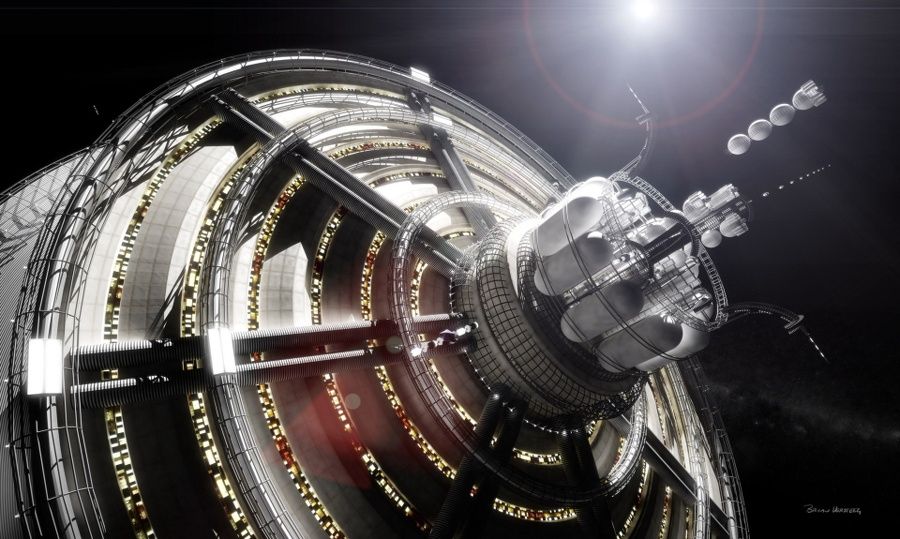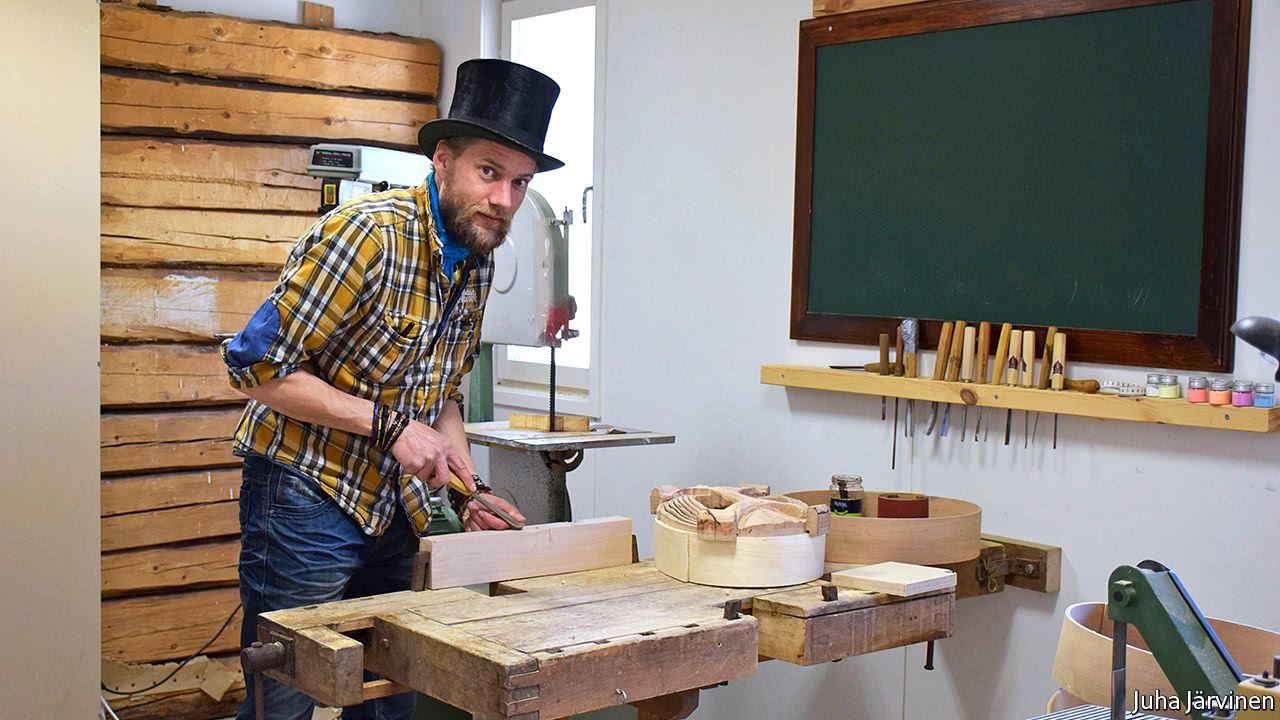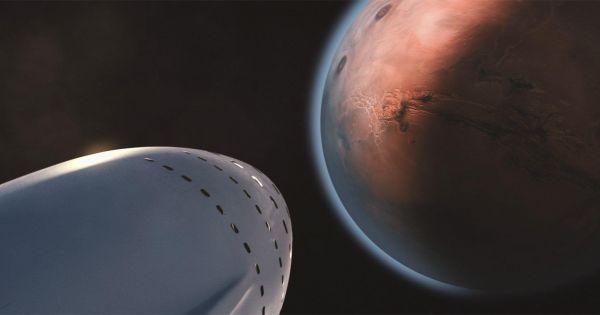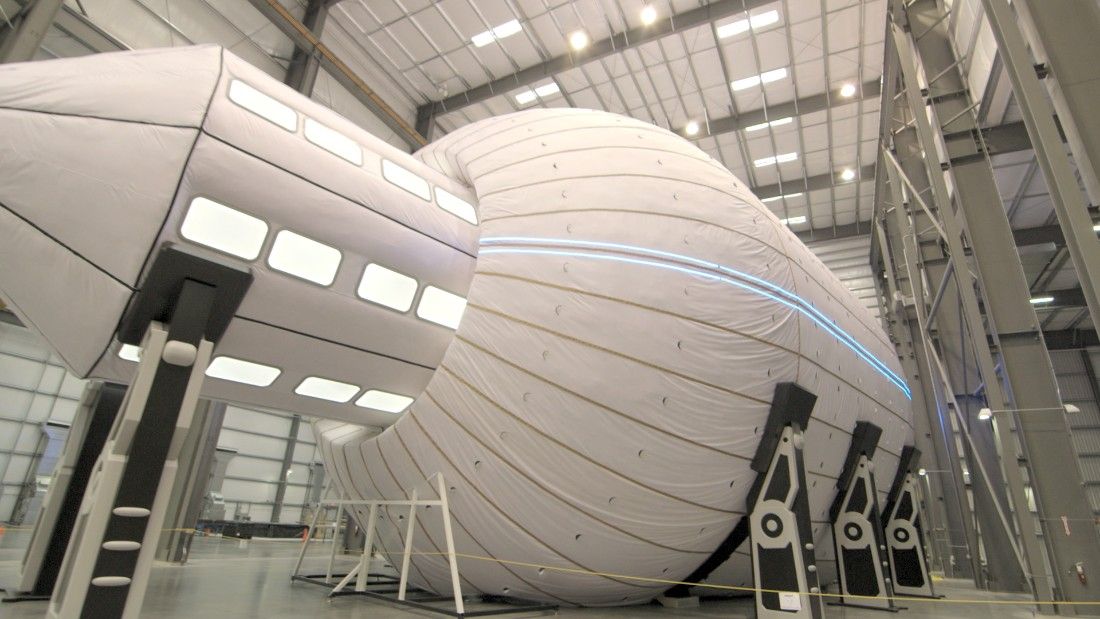Click on photo to start video.



As an artist and science/tech enthusiast who has spent most of his life imagining the future of public spaces, homes, cities, and the effect of technological innovations on each, I’ve always tried to project a logical but optimistic path for human progress. Not just where we may go, but why we would go and what it would be like once we got there.
To me, space is a logical step in our collective path. Humans have always wanted to climb the next hill or sail uncharted waters to see what awaited us over the horizon. We have spread to all ‘corners’ of this earth, at times to the detriment of the life that was already there. In space, we fulfill an entirely different role. When we build a space station and bring life to it, we are actually “planting” a beautiful habitat is where once there was none. This is what inspired me to imagine these spaces.

Three scientists who have studied extinctions of thousands of species of vertebrates believe so, though others are skeptical of the doomsday-like findings.
“This is the case of a biological annihilation occurring globally, even if the species these populations belong to are still present somewhere on Earth,” Rodolfo Dirzo, the study’s co-author and a Stanford University biology professor, said in a news release.
The researchers analyzed 27,600 species of birds, amphibians, mammals and reptiles — about half of all known vertebrate species — and found that 8,851 (about 32 percent) have seen declining populations and shrinking areas of habitat. A more detailed analysis on 177 mammal species found that more than 40 percent have experienced significant drops in population. The findings, the study says, mean that billions of animal populations that once roamed the Earth are now gone.
[Earth is on brink of a sixth mass extinction, scientists say, and it’s humans’ fault].

Phase 1, which was the Design part of the competition, was completed back in 2015. Phase 2 is the Structural Member Competition, and the most recent level challenged competitors to 3D print a beam for bend testing. Scores were calculated based on the final material composition of the 3D printed beam and the maximum load that could be held before it failed.
Seoul-based Moon X Construction were not eligible for prize money, but $67,465 was awarded to Form Forge of Oregon State University for the second place entry. Foster and Partners with Branch Technology of Chattanooga, Tennessee came in third, earning $63,783, after getting $85,930 for getting first place in the first round of Phase 2. Fairbanks University of Alaska and CTL Group Mars of Illinois came in fourth and fifth respectively, with Singaporean team ROBOCON finishing in sixth place.

Atop a forested ridge in southern Poland, a mission on the surfaces of both Mars and the moon is about to launch.
The two-week mission is just a simulation, of course, since no entity on Earth is prepared to inhabit deep space. But the experiment — called the Poland Mars Analogue Simulation 2017 — will study a group of six volunteer “analogue” astronauts as they work through a realistic schedule of space exploration, then provide those findings to anyone who’s drawing up crewed missions beyond Earth.

The Managed, Reconfigurable, In-space Nodal Assembly (MARINA), developed by MIT graduate students, recently took first place at NASA’s Revolutionary Aerospace Systems Concepts-Academic Linkage Design Competition Forum. MARINA is designed as a habitable commercially owned module for use in low Earth orbit that would be extensible for future use as a Mars transit vehicle.
Image courtesy of the MARINA team.

The study’s design faced constraints. The constitution ordains equality for all, so getting permission to afford some welfare recipients special treatment was difficult. That limitation, and a budget of only €20m (plus diverted welfare funds that would have otherwise gone to the recipients), restricted the sample size to just 2,000 people. Mr Kangas frets that might prove too small to be statistically robust. And it limits the questions the study can investigate.
JUHA JARVINEN, an unemployed young father in a village near Jurva, in western Finland, brims with ideas for earning a living. He has just agreed to paint the roofs of two neighbours’ houses. His old business, making decorative window frames, went bust a few years ago. Having paid off debts, he recently registered another, to produce videos for clients.
Mr Jarvinen says that for six years he hoped to start a new business but it was impossible. The family got by on his wife’s wages as a nurse, plus unemployment and child benefits. He had a few job offers from local businesses, which are mainly in forestry, furniture and metalwork. But anything less than a permanent, well-paid post made no sense, since it would jeopardise his welfare payments. To re-enroll for benefits later would be painfully slow.
This solar paint will turn your house into a power station.

They say everything’s sweeter the second time around, and that seems to be the case for SpaceX’s plans to colonize Mars. Last year, Musk unveiled his plans to colonize the Red Planet and make it fit for human habitation. Now, that version of the plan has been published and made available for free— with a few notable updates.
In the paper, the focus is on affordability, as that is the primary factor in making life on Mars a reality. As Musk notes, “You cannot create a self-sustaining civilization if the ticket price is $10 billion per person.” In order for it to be viable, Musk asserts that the cost should be about $200,000—equivalent to the median price of a house in the United States. In the paper, Musk outlines the steps he considers essential to ensuring this relative affordability.
But this is just the beginning. Musk posted a tweet today hinting that this version one is already being reviewed…and version 2 is on its way.
